Seattle’s lush greenery and unique urban landscape make it a beautiful place to live, but beneath the surface, the city’s soil composition poses challenges for homeowners. The durability of sewer lines can be significantly affected by the type of soil surrounding them, leading to issues like pipe cracks, root intrusion, and blockages. Understanding how Seattle’s soil impacts your sewer system and taking proactive steps can save you from costly repairs. In this guide, we’ll explore the science behind soil-related sewer issues, common problems in Seattle, and practical solutions to protect your pipes.
Why Soil Composition Matters for Sewer Lines
Sewer lines, often buried several feet underground, are constantly exposed to the surrounding soil. The type, density, and moisture content of soil can influence pipe stability, corrosion, and susceptibility to damage. In Seattle, where homeowners are responsible for maintaining side sewers from their property to the city’s main sewer line (per Seattle Municipal Code Chapter 21.16), soil-related issues can lead to backups, leaks, or even sinkholes. Regular maintenance and understanding your property’s soil can extend the life of your sewer system and prevent unexpected repair costs.
Seattle’s Urban Soil: A Unique Challenge
Seattle’s soil varies across neighborhoods, from glacial till in North Seattle to clay-heavy soils in West Seattle. According to Seattle Public Utilities, the region’s mix of clay, sand, and loamy soils, combined with a wet climate, creates conditions that stress sewer infrastructure. Urban factors like tree roots, heavy rainfall, and construction activity further complicate matters. For example, older homes in Seattle, built before 1961, often have clay or concrete pipes that are prone to cracking under soil pressure or root intrusion. Understanding your local soil type is the first step to protecting your sewer lines
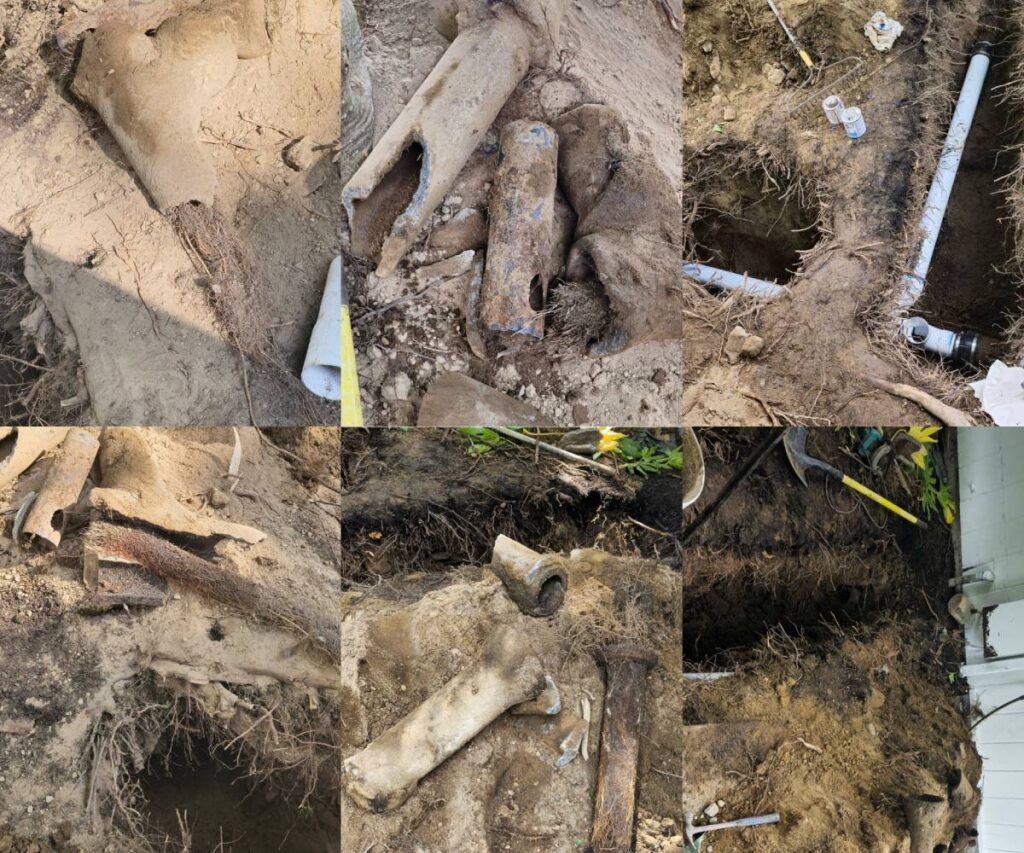
How Soil Types Affect Sewer Line Durability
Different soil types in Seattle impact sewer lines in unique ways. Here’s how the most common soil conditions affect pipe durability:
Clay Soil and Pipe Movement
Clay soils, prevalent in areas like West Seattle and Capitol Hill, expand when wet and shrink when dry. This constant movement exerts pressure on sewer pipes, causing cracks or misaligned joints (offset joints). Offset joints can allow soil to enter the pipe, leading to blockages or erosion that creates unstable voids, potentially causing sinkholes.
Sandy Soil and Erosion Risks
Sandy soils, found in parts of South Seattle, are less stable and prone to erosion, especially during heavy rains. Erosion can wash away the soil supporting sewer pipes, leaving them unsupported and vulnerable to sagging or collapse. This is particularly problematic for older clay or concrete pipes, which lack the flexibility of modern materials like HDPE.
Tree Roots and Soil Interaction
Seattle’s dense tree canopy, especially in neighborhoods like Queen Anne and Magnolia, contributes to root intrusion. Tree roots seek water and nutrients in sewer lines, entering through weak joints or cracks in older pipes. Clay soils exacerbate this issue by retaining moisture, attracting roots. Minor root intrusions may not immediately affect pipe function, but they can worsen over time, causing blockages or pipe damage. Regular inspections every 3–5 years are recommended to monitor root growth.
Common Sewer Line Issues in Seattle
Seattle’s soil and climate contribute to several sewer line problems, including:
- Cracks and Fractures: Soil movement or root pressure can crack clay or concrete pipes, leading to leaks or backups.
- Offset Joints: Misaligned pipe segments allow soil and debris to enter, causing clogs or erosion.
- Root Intrusion: Roots can block or break pipes, especially in older systems with non-watertight joints.
- Corrosion: Acidic soils or wastewater can degrade concrete pipes over time, reducing their lifespan.
- Sewer Backups: Soil-related blockages or pipe damage can cause wastewater to back up into homes, creating health hazards.
Preventive Maintenance Tips for Seattle Homeowners
Protecting your sewer lines from soil-related damage requires regular care. Here are practical tips:
- Schedule Regular Inspections: Use a sewer camera (scope) every 2–5 years to check for cracks, roots, or offsets. Videos help track changes over time.
- Hydro Jetting: High-pressure water cleaning removes roots and debris without damaging pipes. Schedule every 1–2 years if roots are a known issue.
- Choose Durable Pipe Materials: If replacing pipes, opt for HDPE (high-density polyethylene), which is flexible, corrosion-resistant, and less prone to root intrusion.
- Monitor Tree Placement: Avoid planting trees with aggressive roots (e.g., maples) near sewer lines. Roots can extend up to twice the tree’s height.
- Maintain Soil Stability: Ensure proper backfill and compaction during pipe installation to prevent settling or erosion.
Advanced Repair Solutions for Soil-Related Damage
When soil-related damage occurs, modern repair methods can minimize disruption and costs:
- Cured-in-Place Pipe (CIPP) Lining: A resin-soaked liner is inserted into the damaged pipe and hardened, creating a seamless, root-resistant pipe within the old one. This trenchless method avoids extensive digging.
- Pipe Bursting: A new pipe is pulled through the old one, breaking it apart while installing a durable replacement, ideal for severely damaged lines.
- Localized Patching: For minor cracks or holes, a targeted patch can seal the damage without replacing the entire pipe.
These trenchless solutions are less invasive, reducing damage to landscaping or driveways, and are well-suited for Seattle’s urban environment.
Final Thoughts
Seattle’s unique soil composition, from clay-heavy to sandy soils, poses challenges for sewer line durability. By understanding how soil affects your pipes and taking preventive steps like regular inspections, hydro jetting, and choosing durable materials, you can avoid costly repairs and protect your home. For professional help, trust KnightRooter, a Seattle-based sewer repair expert. With years of experience, KnightRooter offers trenchless repairs, camera inspections, and hydro jetting to keep your sewer lines in top shape.
Explore More Resources
For more information on sewer line maintenance and repair, visit our service pages:
- Sewer Line Repair Everett
- Sewer Line Repair Edmonds
- Sewer Line Repair Seattle
- Sewer Line Repair Bothell
- Sewer Line Repair Kirkland
- Sewer Line Repair Lynnwood
- Sewer Line Repair Woodinville
- Sewer Line Repair Snohomish
- Sewer Line Repair Bellevue
FAQ
1. How does Seattle’s soil affect sewer lines?
Seattle’s clay and sandy soils can cause pipe movement, erosion, or root intrusion, leading to cracks, offsets, or blockages that reduce pipe durability.
2. How often should I inspect my sewer line?
Inspect every 2–5 years using a sewer camera, especially for older clay or concrete pipes or if trees are near the line.
3. What are the signs of soil-related sewer damage?
Look for slow drains, gurgling noises, sewer odors, or wet spots in your yard. These may indicate cracks, roots, or backups caused by soil issues.
4. Can tree roots be prevented from damaging sewer lines?
Regular hydro jetting and installing root barriers can help. Avoid planting trees with aggressive roots near sewer lines.
5. What is the best pipe material for Seattle’s soil conditions?
HDPE is ideal due to its flexibility, corrosion resistance, and ability to withstand soil movement and root intrusion.
For professional and fast drain cleaning Bothell, drain cleaning Seattle, and drain cleaning Bellevue, contact KnightRooter. Our team is ready to provide the best solutions for your drain issues.

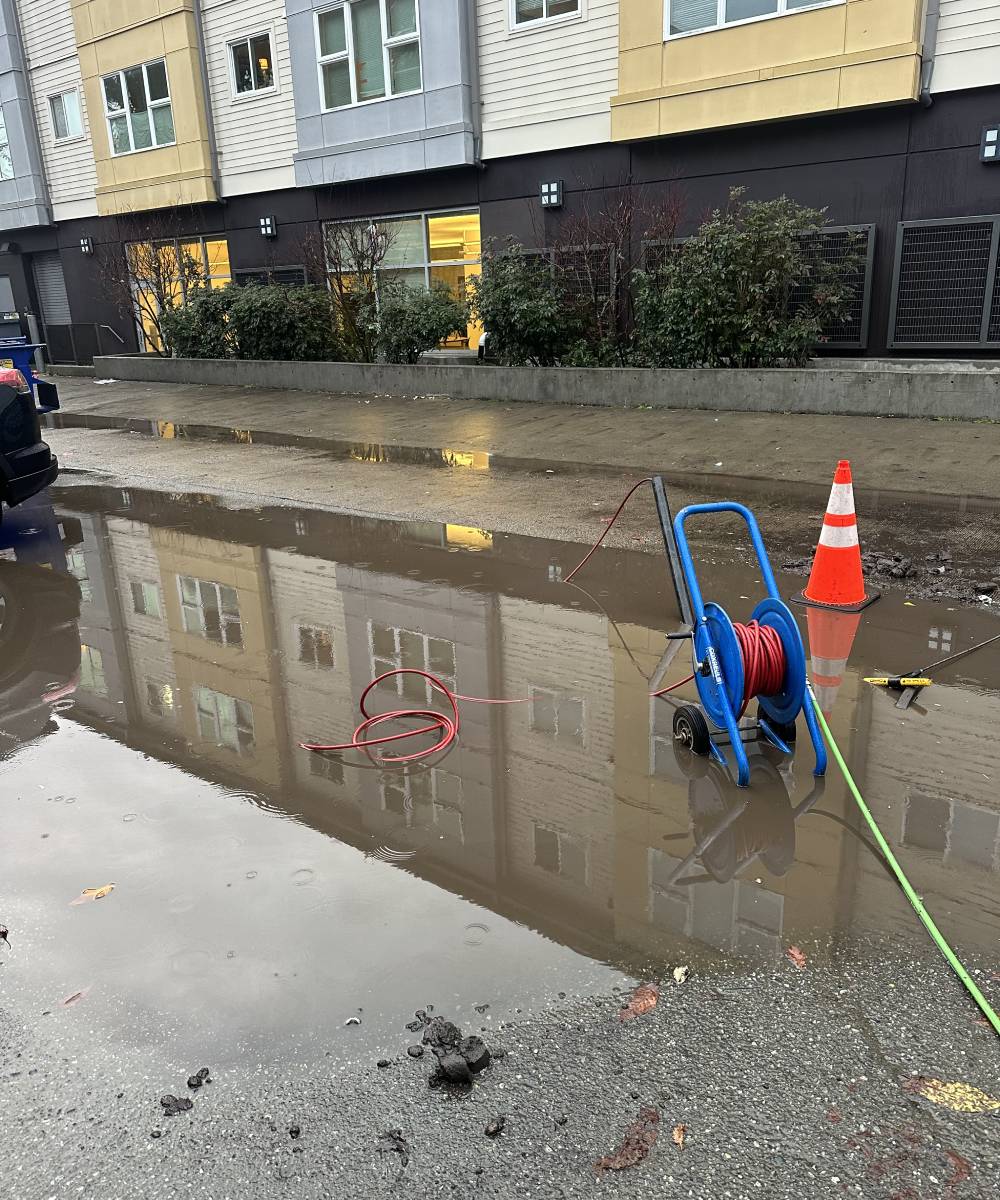
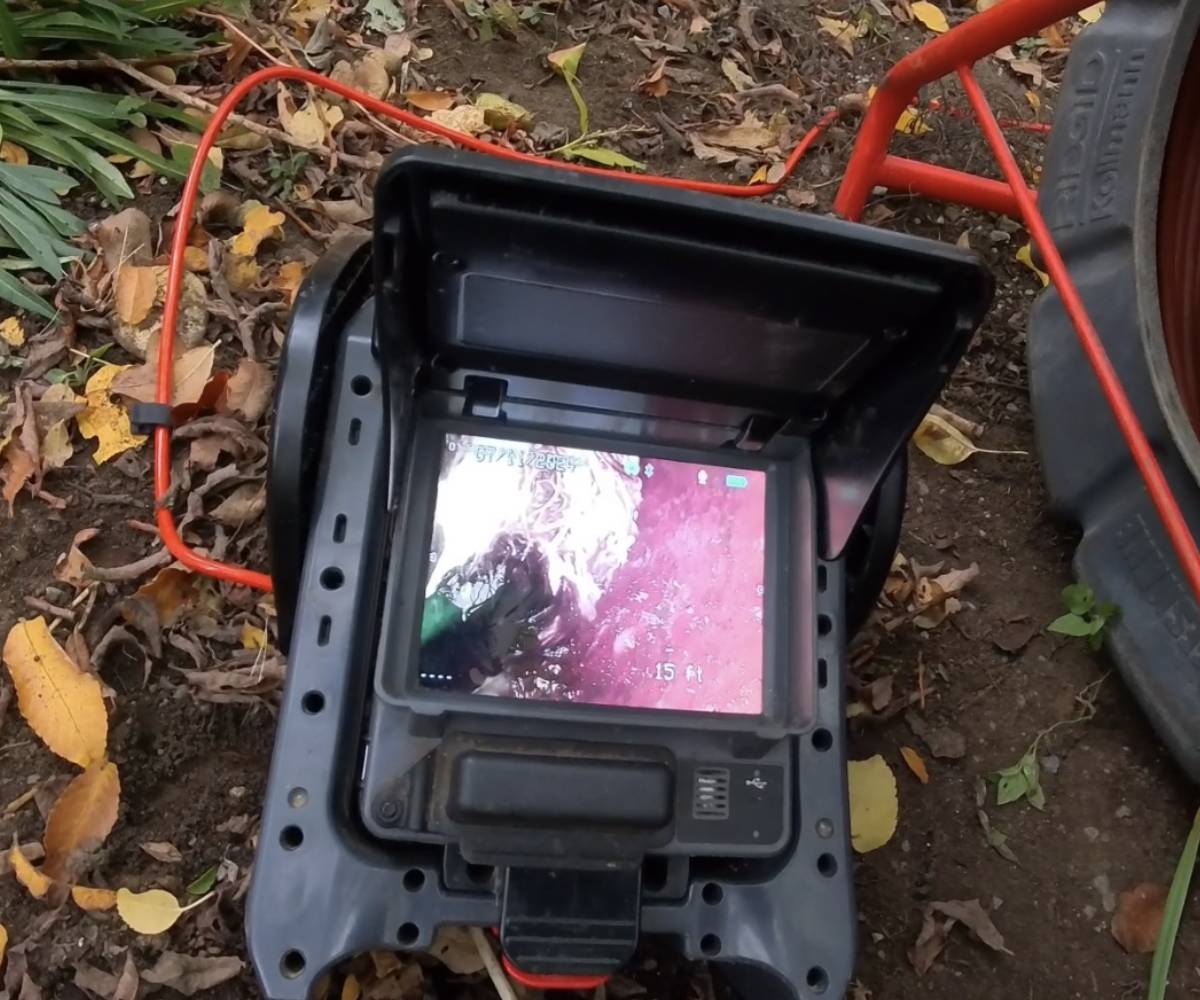
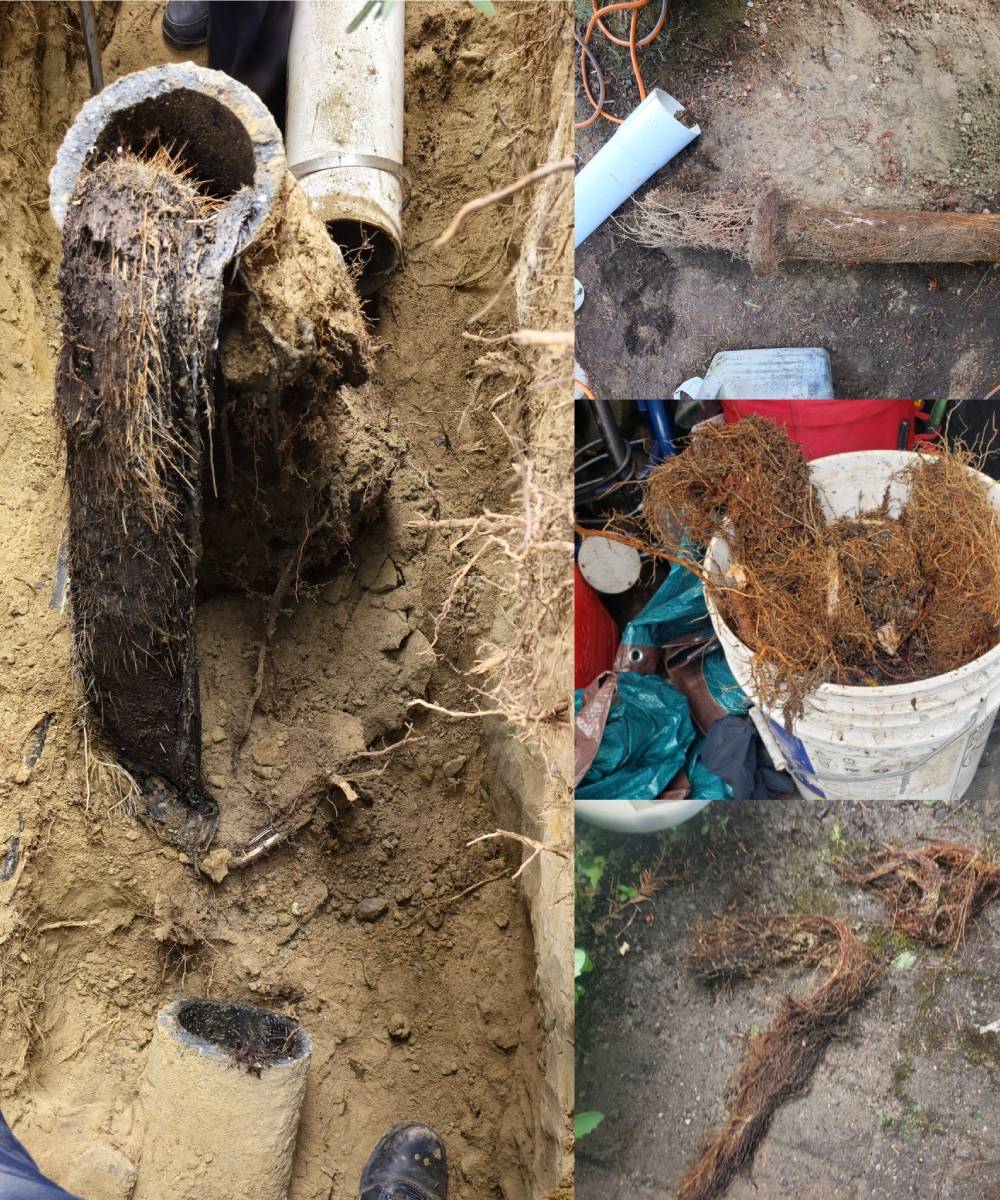
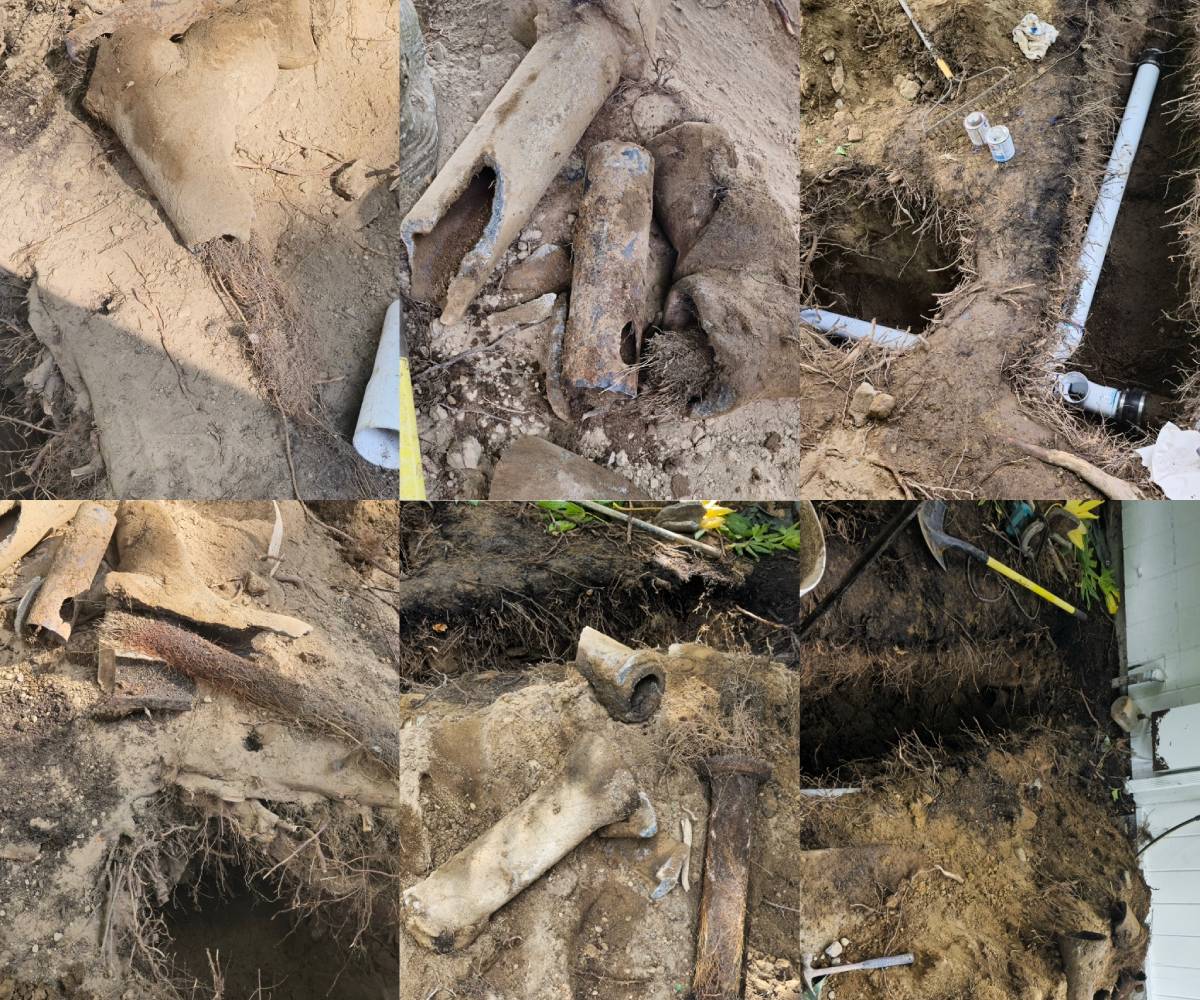
No comment yet, add your voice below!